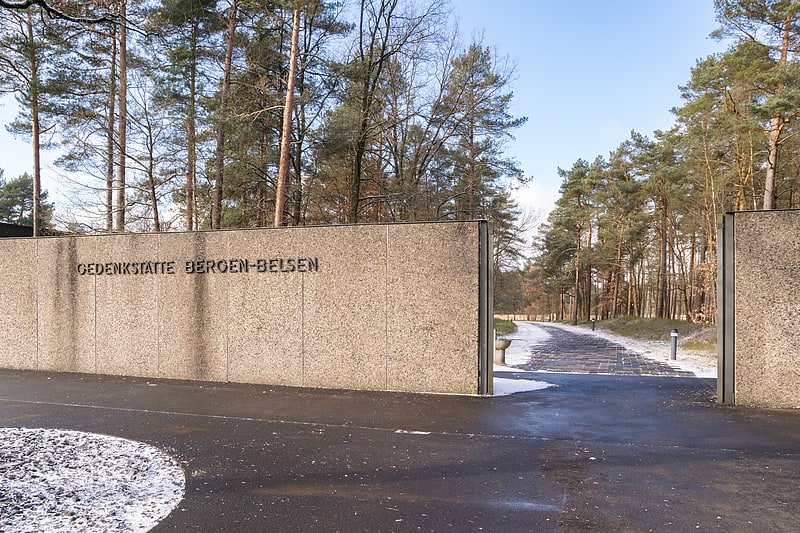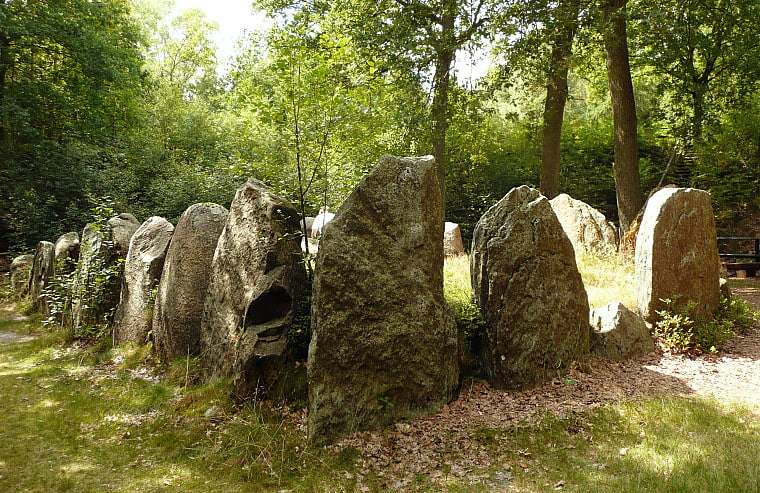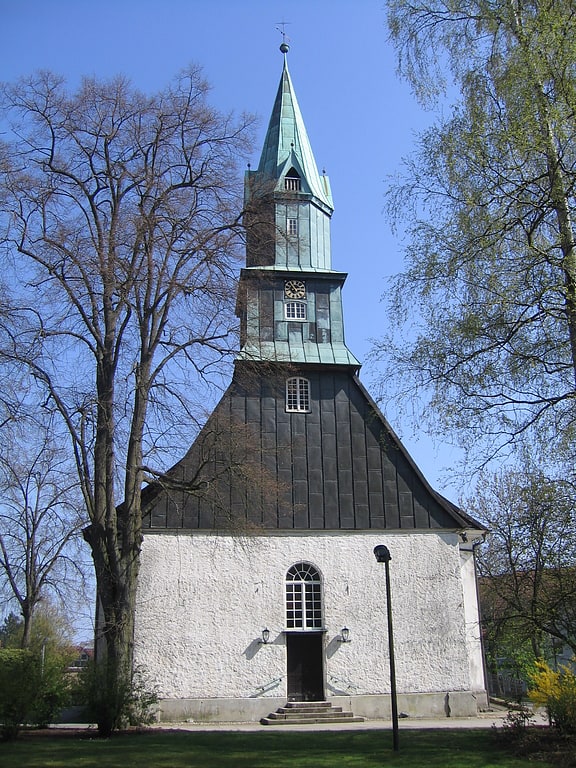Discover 4 hidden attractions, cool sights, and unusual things to do in Bergen (Germany). Don't miss out on these must-see attractions: Bergen-Belsen concentration camp, Sieben Steinhäuser, and St. Lambert's Church. Also, be sure to include Dohnsen-Siddernhausen Dolmen in your itinerary.
Below, you can find the list of the most amazing places you should visit in Bergen (Lower Saxony).
Table of Contents
Bergen-Belsen concentration camp

Also known as: KZ Bergen-Belsen
Nazi concentration camp in Germany. Bergen-Belsen, or Belsen, was a Nazi concentration camp in what is today Lower Saxony in northern Germany, southwest of the town of Bergen near Celle. Originally established as a prisoner of war camp, in 1943, parts of it became a concentration camp. Initially this was an "exchange camp", where Jewish hostages were held with the intention of exchanging them for German prisoners of war held overseas. The camp was later expanded to accommodate Jews from other concentration camps.
After 1945, the name was applied to the displaced persons camp established nearby, but it is most commonly associated with the concentration camp. From 1941 to 1945, almost 20,000 Soviet prisoners of war and a further 50,000 inmates died there. Overcrowding, lack of food and poor sanitary conditions caused outbreaks of typhus, tuberculosis, typhoid fever and dysentery, leading to the deaths of more than 35,000 people in the first few months of 1945, shortly before and after the liberation.
The camp was liberated on April 15, 1945, by the British 11th Armoured Division. The soldiers discovered approximately 60,000 prisoners inside, most of them half-starved and seriously ill, and another 13,000 corpses lying around the camp unburied. The horrors of the camp, documented on film and in pictures, made the name "Belsen" emblematic of Nazi crimes in general for public opinion in many countries in the immediate post-1945 period. Today, there is a memorial with an exhibition hall at the site.[1]
Address: Stiftung niedersachsische Gedenkstatten, 29303 Bergen
Sieben Steinhäuser

The Sieben Steinhäuser is a group of five dolmens on the Lüneburg Heath in the NATO training area of Bergen-Hohne, in the state of Lower Saxony in northern Germany. The stones are considered to be part of the funnelbeaker culture. The gravesite was granted protected cultural monument status in 1923.[2]
St. Lambert's Church

Also known as: St.-Lamberti-Kirche
Evangelical church in Bergen, Germany. St. Lambert's Church is the Lutheran town church in the town of Bergen in Celle district in Germany.
This Classicist aisleless church was built in 1826. It is a three-naved building with low ceilings over the galleries and was extended eastwards in 1900. The separately standing wooden clock tower dates from the year 1728.
Around 1900 the wooden barrel roof in the middle nave was decorated with ornamental, stencilled artwork that was removed again when the church was renovated in 1956. The dimensions of the roof remained the same, but a textile fabric was stuck to it to prevent the formation of cracks.
The last major renovation work (internal and external) was carried out in 1981 and 1982.[3]
Address: Am Friedensplatz 1, Bergen
Dohnsen-Siddernhausen Dolmen

Also known as: Steinkammer bei Dohnsen
The dolmen on a low elevation between the villages of Dohnsen and Siddernhausen near the town of Bergen in North Germany, was originally 500 m further north. It was excavated in 1977 and reconstructed in its present location. This dolmen from the New Stone Age is believed to have been destroyed in the 17th or 18th century, because its large stones lay scattered on the fields. Several of the stones were sunk into the ground, others had been carried away. As a result, a considerable amount of the original material has been lost.
Excavations revealed that the burial chamber originally comprised 20 to 24 upright stones and about 8 capstones. It had a side entrance; this type of grave is known as a passage grave. The open space between the uprights and the capstones was sealed in with dry stonework. The entire grave was probably covered by an earth mound originally. This site may have served as a burial ground for several generations. The dead were laid on the floor of the burial chamber and prepared for the afterlife by being buried with their traditional jewellery (Trachtenschmuck), earthenware jars and everyday implements.[4]